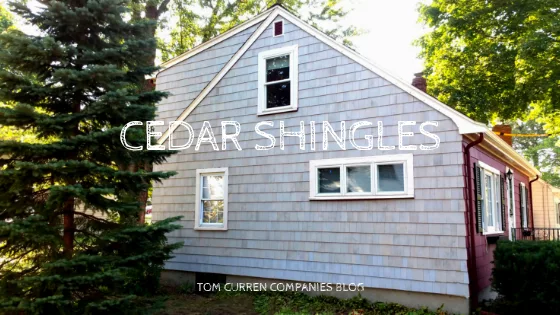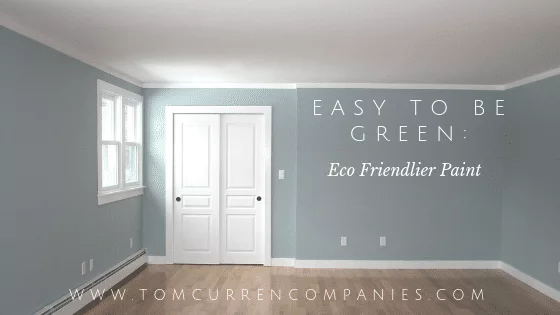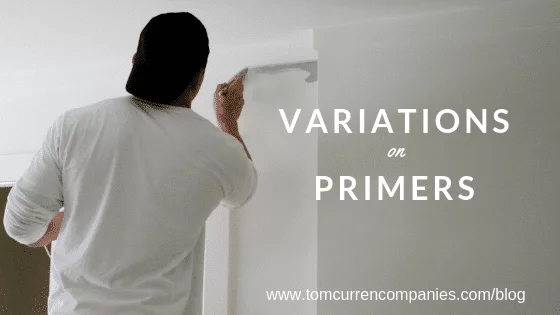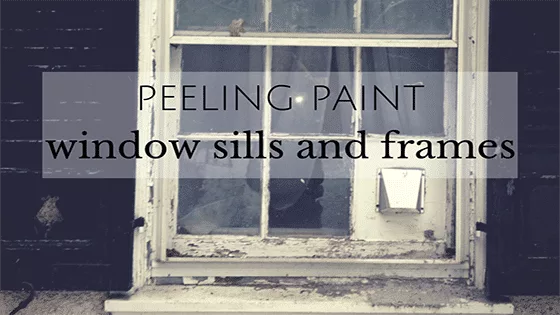Historically, red cedar has been the premier choice for shingles in the Northeast—a durable, high-quality option for Shingle-style homes. Red cedar comes to us mainly from the Pacific Northwest, growing across a range that spans from southeastern Alaska and California to the Rocky Mountains and Montana. It’s a tough, tight-grained wood that weathers well and can take a good deal of abuse from the coastal elements. As far as exterior shingles go, you’d be hard-pressed to find an option more resistant to moisture, decay, and insect damage than red cedar. The U.S. Department of Agriculture Resources (the USDA) describes the industrial uses of red cedar this way: “The wood of western red cedar is primarily used in roofing for shingles and shakes, because of its attractive appearance, durability, lightness, and superior insulation qualities.”
The one mixed blessing with red cedar is something called tannin—an organic extractive that acts as a natural stain. This wood is practically saturated with tannin. The downside of that is this: according to the Cedar Shake & Shingle Bureau, “extractive bleeding (stains) on the surface of Western Red Cedar occur when extractives are dissolved and leached from the Western Red Cedar by water.” Basically, that means that moisture ends up leaving dark red discoloration on your shingles over time.
As for pre-primed red cedar shingles–well, they’re exactly what they sound like: red cedar shingles that have been given an extra protective coating. That coating supplements and enhances the natural resilience of red cedar, intensifying the best qualities of the wood. Cupping or curling, for instance, is a common problem with shingles. Pre-primed red cedar shingles, however, have a minimal likelihood of cupping from excessive heat. They’re also more resistant to the extractive bleeding we discussed earlier, so they keep their aesthetic beauty much longer than their unprimed kin.
Please don’t hesitate to get in touch with us if you have any questions about roofing or about pre-primed red cedar shingles in particular. Our experts are always here to help.









